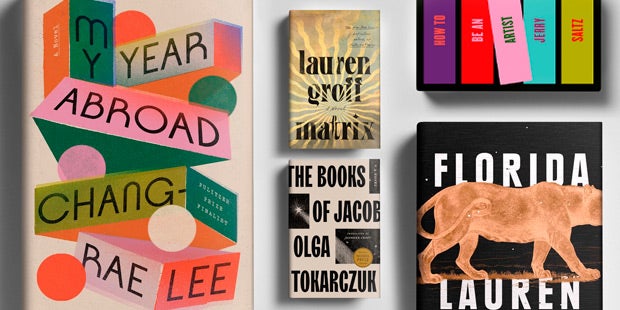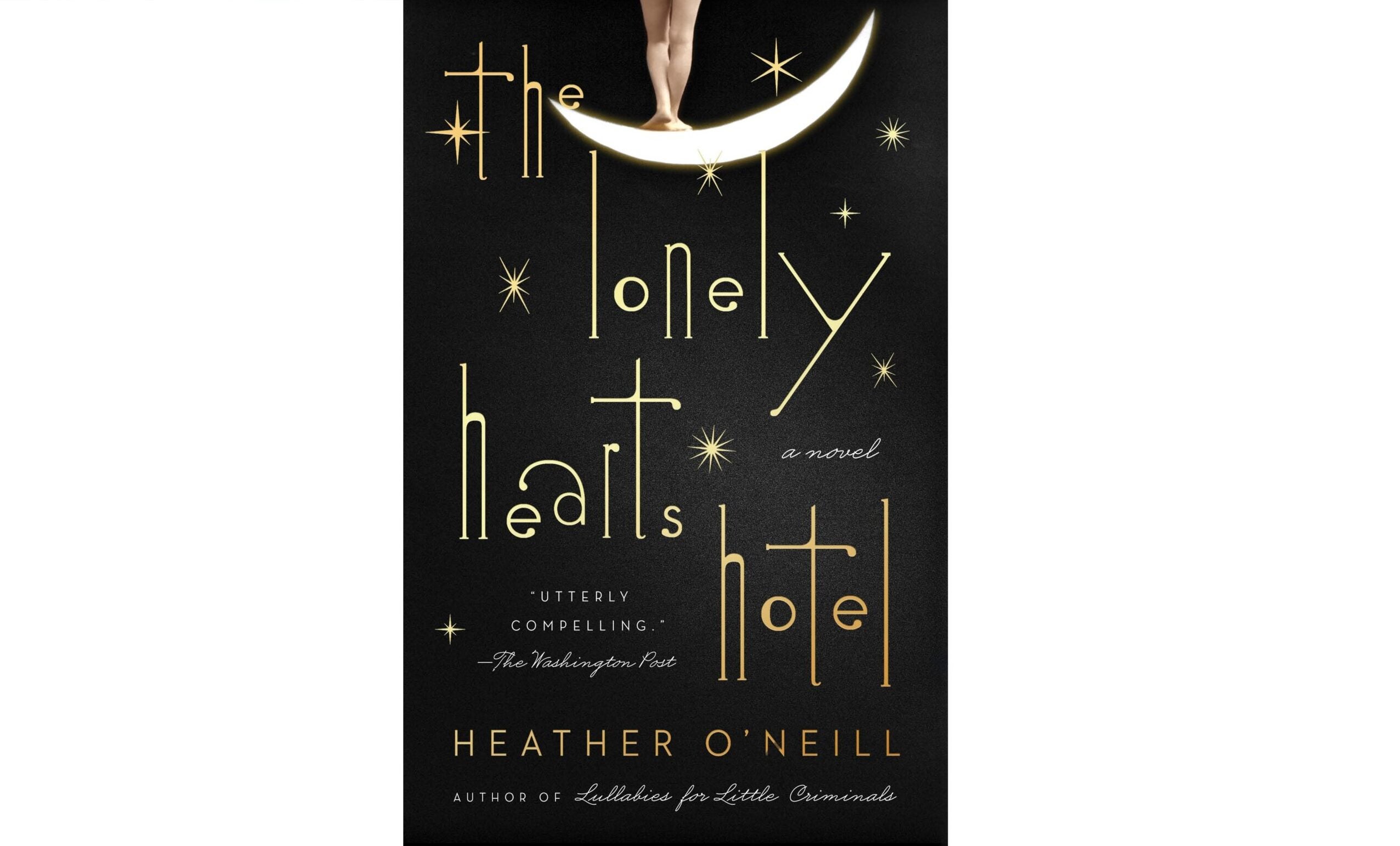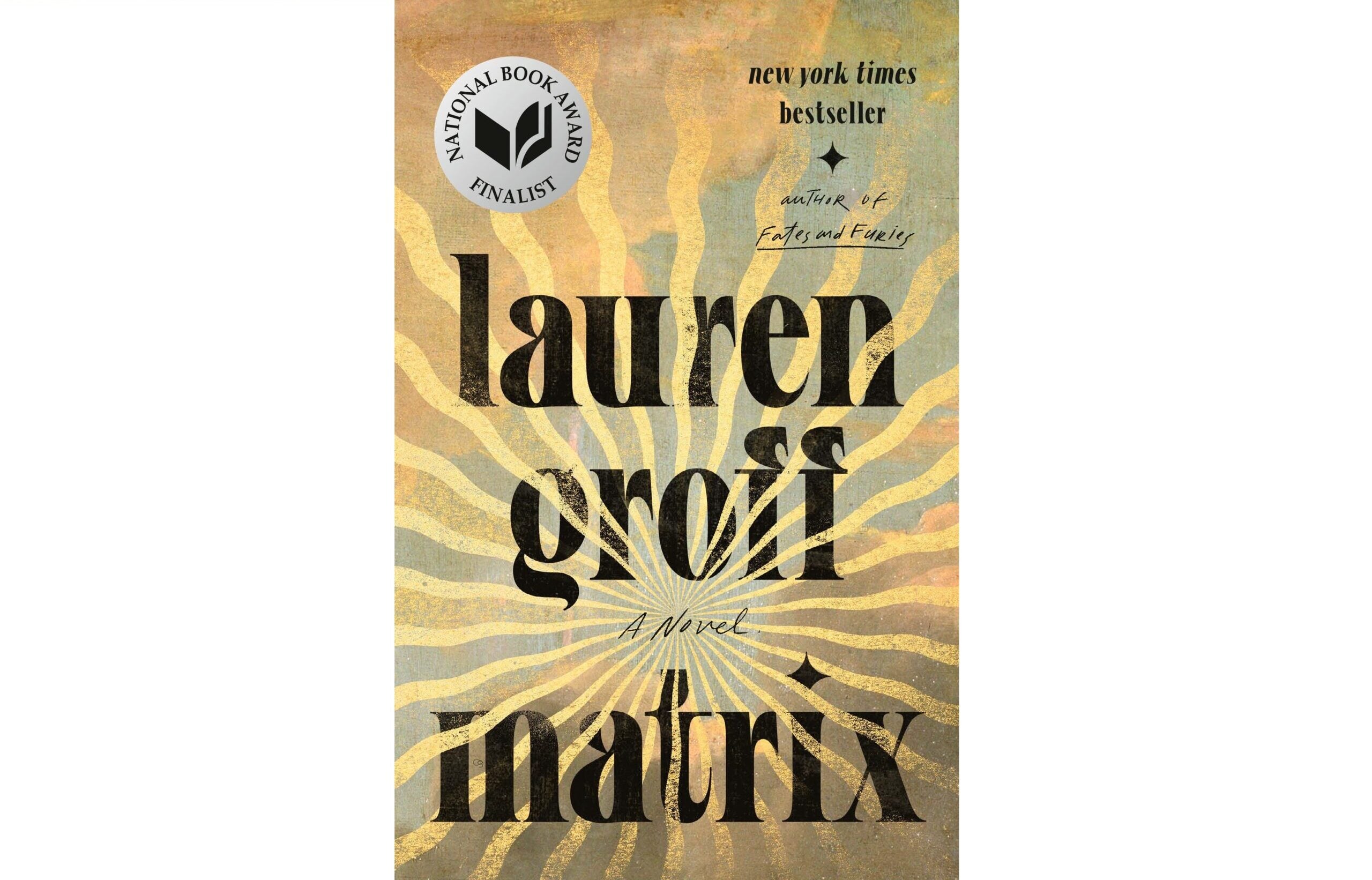The cover is a major component of the first impression of a book. Eye-catching colors, recognizable themes, and aesthetically pleasing text can make a big difference upon a potential reader’s first glance at a new novel. Grace Han, associate director of design at Riverhead, understands this all too well. Here are some insights about the design ingredients of an iconic book cover.
The first step of the process is deciding what creative direction each book requires, and who will design it. At Riverhead, Grace and her fellow designers work on three to five books each per season.
“We work with a range of genres, and it’s always exciting to take on the titles we are assigned.”
The next step is gathering as much information as possible about the title. Designers receive a sheet detailing basic information, including any content that must appear on the cover, like the title, author, and descriptive copy. They may also receive the manuscript, if it’s available, to get a better feel for the story they are representing.
Image research is the next crucial piece of the process, which involves using various sources to find inspiration and visual assets that designers can use on the cover. Sometimes, Grace sources from the many image databases that PRH has access to. Other times, she works directly with an image researcher, a freelancer who specializes in helping a designer find the correct images for a project. Simultaneously, she works on type research to find fonts that fit the overall theme of the book. This can also involve sourcing from a database or collaborating with other artists, illustrators, and typeface designers.
“I always collect fonts I find exciting just in case the right project comes along.”
Once she’s got the right ideas, she can start creating her draft. Grace implements all kinds of media on her covers. Sometimes she hand-sketches or paints the art. She may arrange printed images and photograph them. Finally, she’ll ensure all the details look polished in Adobe Photoshop. Once the draft is finished, she will check with her team for feedback.
“Sometimes we’re lucky and we hit the target at round one, but it could be three to five options—or many more—before we get it just right.”
Once Grace and her team settle on a treatment they like, she may make several similar iterations until she finds the perfect composition. The final approved design becomes the official cover!
A designer’s process can vary from project to project, but attention to detail and respect for the story always remain at the center. If you have any questions about cover design, chat with your editor to learn more about the process.





